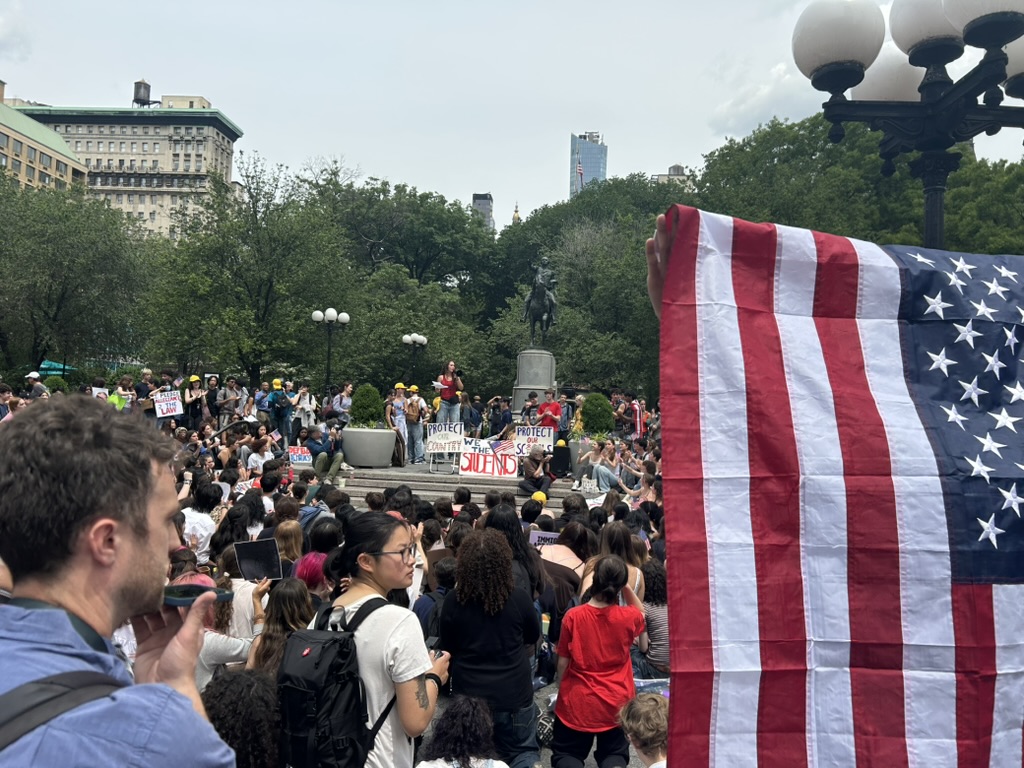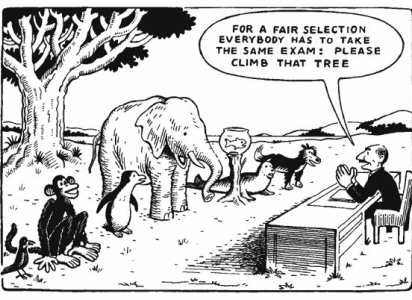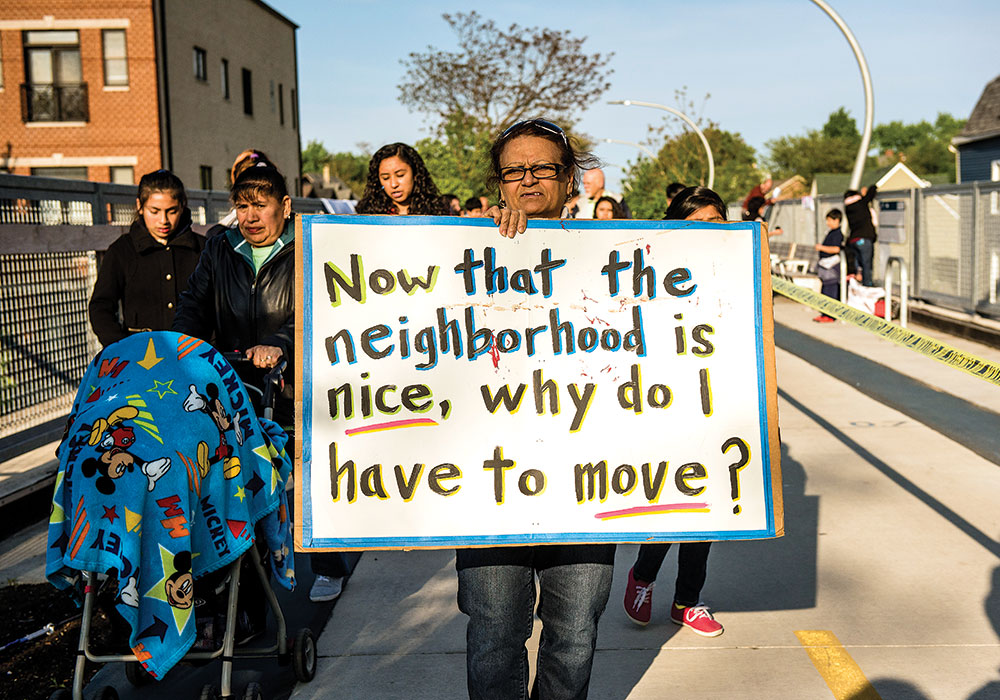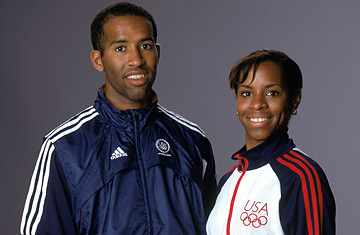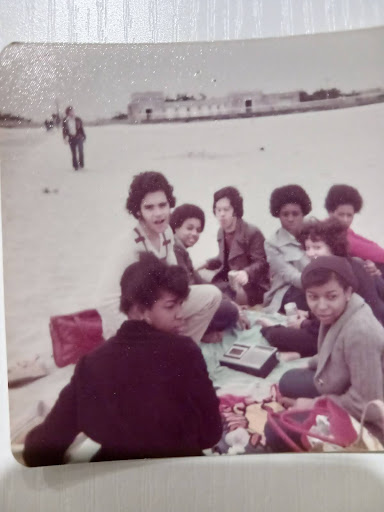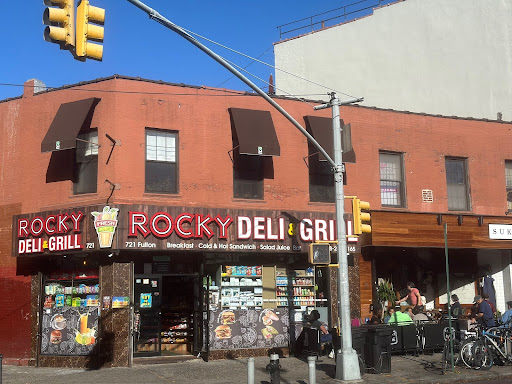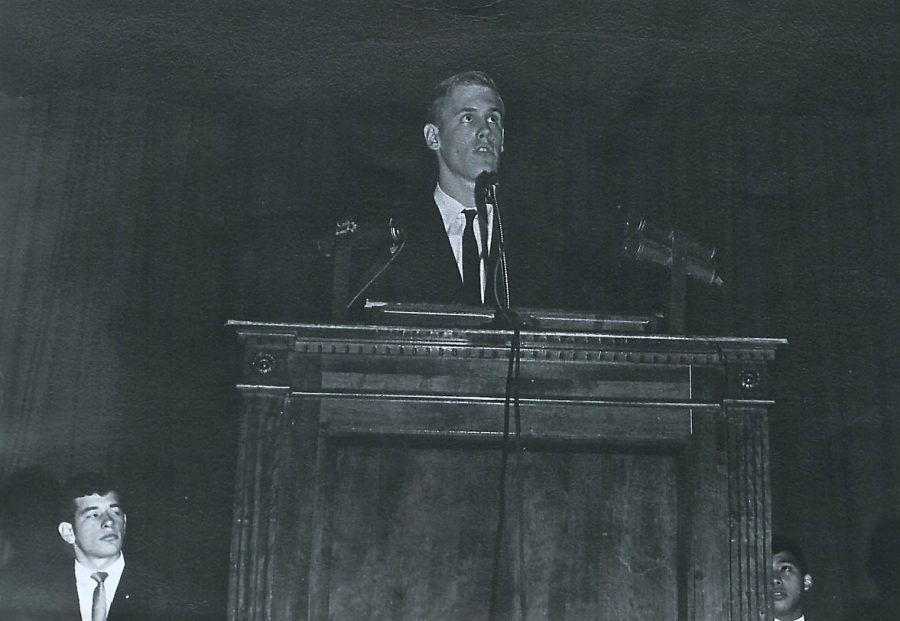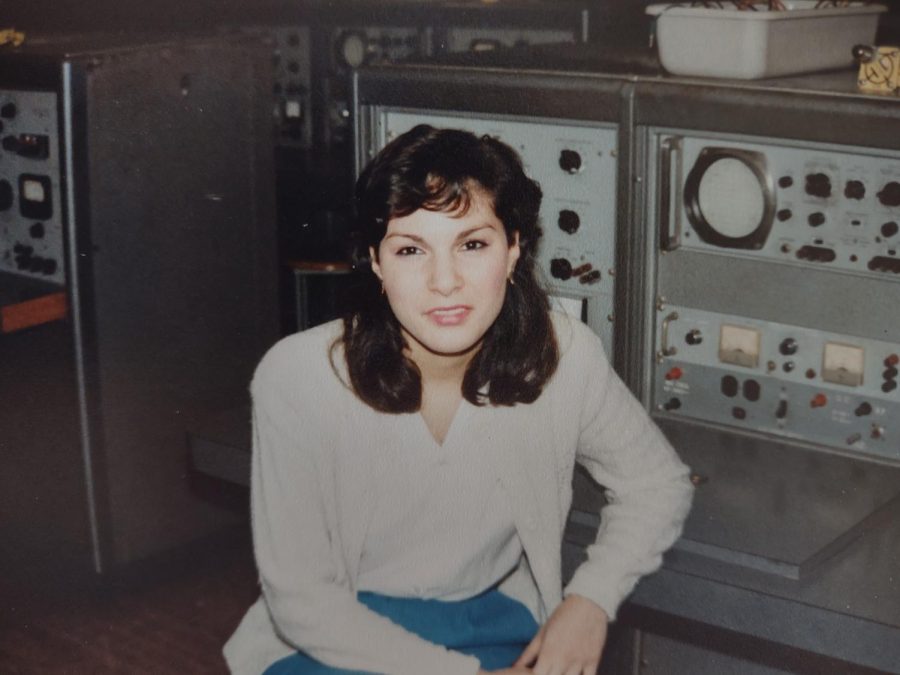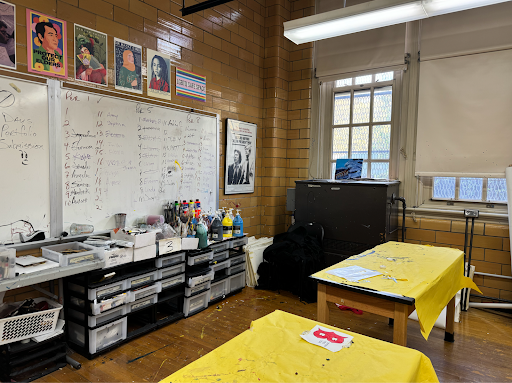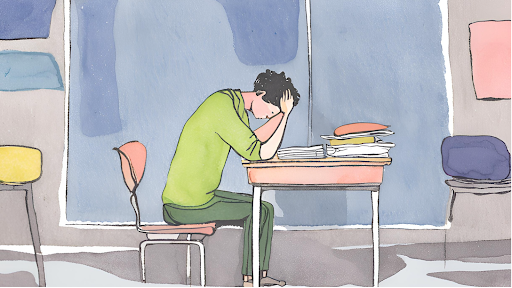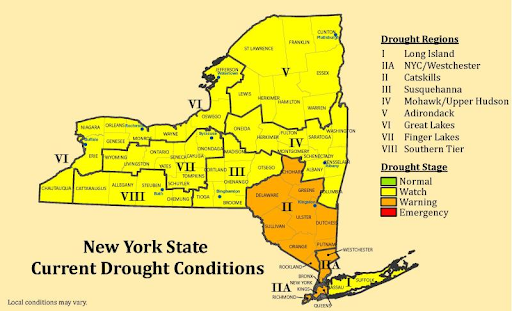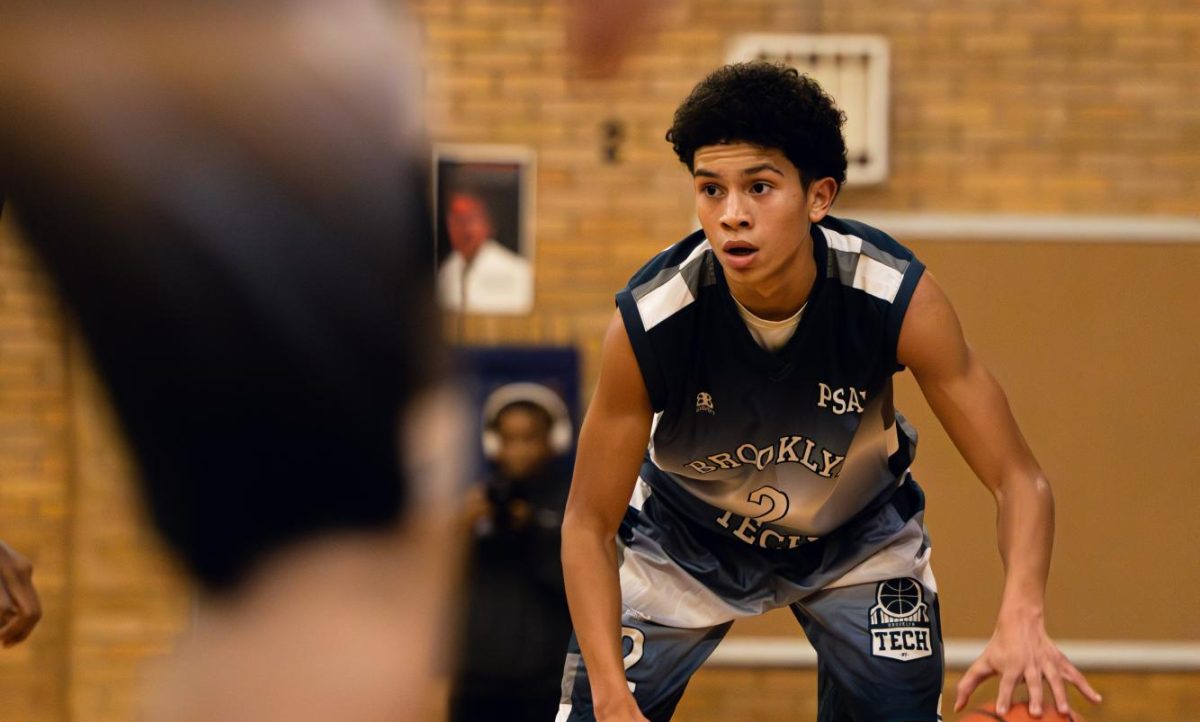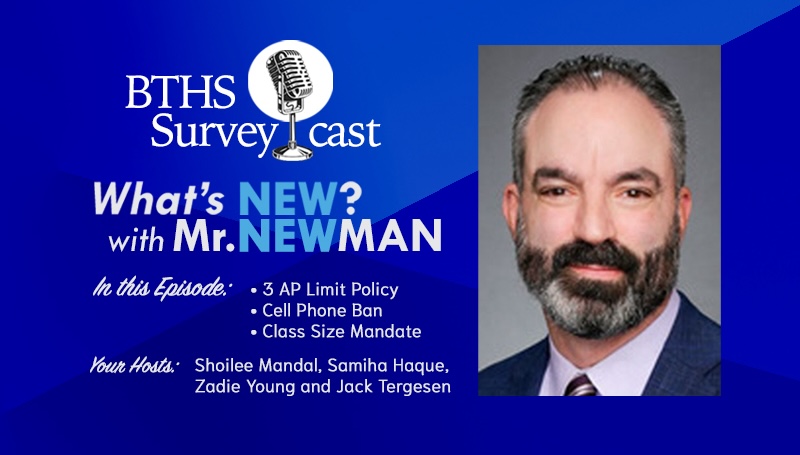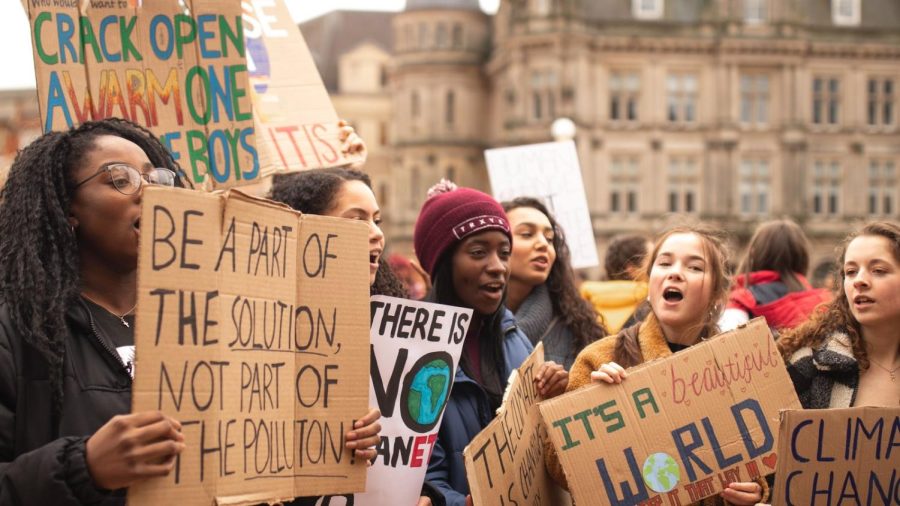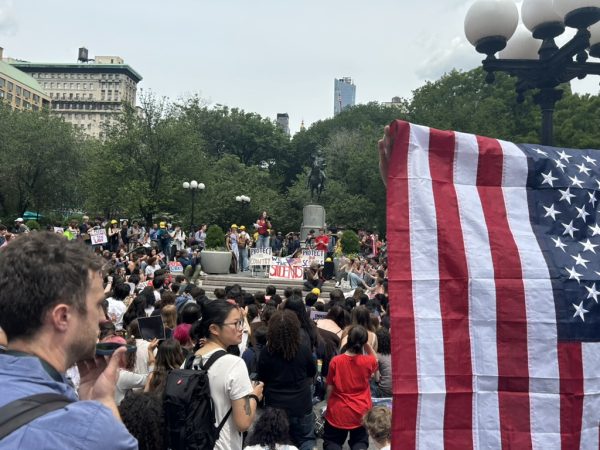The Heat Is On: Students Across the World Demand Climate Change Action
As the impending impacts of the climate crisis have become increasingly difficult to ignore, young activists, desperately determined to create a future for coming generations, have taken matters into their own hands. On Friday, March 3rd, hundreds of students in cities across the world staged a walkout to protest the lack of action taken by world leaders to fight climate change.
This protest was an annual continuation of a movement that originated five years ago. In 2018, 15-year-old Swedish activist Greta Thunberg captured global attention with her passionate speeches criticizing politicians who failed to take legislative action to mitigate climate change. Thunberg also established the #FridaysForFuture initiative, where she would miss school each Friday to protest a lack of climate action, and called for an annual walkout to put pressure on leaders to take action.
Each annual protest has a different goal and theme. This year’s protest aimed to remind people of the closeness of breaching the goals of the Paris Climate Accords. In 2015, politicians around the world met in Paris and agreed to limit the global increase in atmospheric temperature to 1.5 degrees Celsius per year. However, in 2020, the United States officially withdrew from the Paris Agreement, which signifies that America has surpassed that limit. The protests were to hold leaders to the promises of the agreement.
Across 700 countries, over 14 million people participated in the walkout. The protest in New York City drew roughly 1,000 demonstrators, the vast majority of whom were teenagers. Students from Tech also showcased their willingness to make a change for the better. Alex Madero (‘25), an eager participant in the walkout, was persuaded by the values it embodied and the significance of the cause. Madero departed from Tech shortly before sixth period. She made her way to Borough Hall, the starting point of the protest, and was greeted by the sight of hundreds of other protestors brandishing signs calling for change.
Madero and her fellow protestors spent over two hours walking across the Brooklyn Bridge, through Manhattan’s Financial District, and back over the bridge to the Brooklyn Museum.
Principal David Newman wholeheartedly encouraged students to attend walkouts. “If students wanted to participate in protests such as these, I, myself, would hold the doors open for them to walk out,” said Newman.
However, Newman worries about the safety of students taking part in outdoor protests. He added, “Even though it’s important for students to take part in these walkouts, I wouldn’t feel as worried if they were inside the building, where I know no outside forces can harm them. Outside the building, some protests can get really violent.”
Violence was not an issue during the climate walkout, according to Madero and other protestors. “It was just a lot of people walking together, occasionally chanting, holding signs. I didn’t see many police officers, since it was organized and super gentle overall,” Madero remarked.
“I remember seeing someone holding a sign that said ‘Keep the fossils in the soil’. That really resonated with me, and reminded me of what I was marching for,” Madero describes.
“Individually, I sometimes feel powerless,” she added. “There is not much I can do to save the environment. But surrounded by all those other people who were as determined to make an impact and call awareness to climate change as I was, I felt confident in our collective effort to make a difference.”
The global climate strike and walkouts have served as a powerful reminder that the future of the planet rests in the hands of the youth, who are determined to take climate action. The climate strike movement has brought people together, calling for awareness and impactful climate legislation.

Nayem Jannat (she/her) is a Co-Senior Executive Editor and Hard News Co-Editor. Jannat began her journey...

